Back when I was in TCM college, I memorized the information about the Yin Wei & Yang Wei (same for the Yin Qiao & Yang Qiao for that matter). Unfortunately, I didn’t understand it well and didn’t know how I was supposed to use them in clinical practice!
Fast forward to now, I spent 2 full weekends with Dr. Yvonne Farrell and she made it so easy to understand these vessels. Today, I use them so much more with my patients.
As a result, I figured I should share some of the information with you. Below, you’ll find information, pics and videos, about the Yin Wei and the Yang Wei Meridians and how they’re used in clinical practice.
Keep rocking using TCM,
Clara
TCM Geek
PS: Check out the other guys, the REN Vessel, the DU Vessel, the Chong Mai and the Dai Mai.
If you enjoy my graphics, check out my illustrated guide for acupuncture points here.
💕 And if you’d like more content, please continue to support my creations by subscribing, connecting, liking, sharing and commenting on my posts! That’s how I know you enjoy them! Much appreciated 🙏
The Yin Wei Vessel characteristics
- Also called the Yin Linking Vessel.
- Circulates Essence, originate in the TCM KD.
- Area of the body influenced: Chest, Heart, Stomach.
- Supports Qi & Blood in all Yin meridians.
- Governs the interior of the body & Ying (Nutritive) Qi.
- Nourishes the heart & calms the mind, opens the chest & improve blood circulation.
- Nourishes Joints and Muscles (Bi syndrome).
- Harmonizes the 5 spirits (Shen, Hun, Po, Yi and Zhi), for obsessive thinking and Zang-Zao Syndrome.
- Confluent point PC 6 (paired with SP 4).
- Crossing Points: KD 9, SP 13, SP 15, SP 16, LV 14, REN22, REN 23 which can be used to treat disorders affecting the Yin Wei vessel.
Yin Wei can help these physical disorders
Yin Wei and Psychology
As a whole, the Yin Wei vessel supports self worth, helps one to rise above feeling of inadequacy or failures, and processes transitions in life and rites of passage. Additionally, it can be used for low self worth or being trapped in past emotions (not letting go). Moreover, those who can’t be in the moment, or those who have difficulty with self-image associated with aging. Finally, Yin Wei can be used for a “broken heart”, anxiety, and depression.*
*Thank you to Yvonne Farrell for her amazing insight into the Yin Wei Mai psychology*
Master Point PC 6 – Often paired with SP 4
In particular, PC 6 is used for anxiety, panic attacks, chest pain, and for menses disorders. In relation, Yin Wei supports self worth, inadequacy and not able to live up to one owns high expectation.
The Yang Wei Vessel characteristics
- Also called the Yang Linking Vessel.
- Circulates Essence, originate in the TCM KD.
- Area of the body influenced: Ear, Cheek, Outer canthus.
- Strengthens the connection between all Yang channels.
- Resolve damp & harmonize LV & GB, and Shao Yang.
- Governs the exterior of the body, expel External Wind & support Wei (defensive) Qi.
- Brings LV Yang down & clears heat.
- Confluent point SJ 5 (paired with Gb 41).
- Crossing Points: BL63, GB 35, SI 10, SJ 15, GB 13 to 21, DU 15, DU 16. These can be used to treat disorders affecting the Yang Wei vessel.
Yang Wei can help these physical disorders
The Yang Wei and Psychology
Likewise, the Yang Wei Vessel support one’s strength needed for transformation, helps one move forward in life (for feeling of being stuck!) All in all, Yang Wei support mid life crisis, prevents self sabotage in relationships, and balance polarity (for Bipolar disorders, or passive-aggressive behaviour). Equally, it can also be used for anger, feeling stuck, and indecision.
*Thank you to Yvonne Farrell for her amazing insight into the Yang Wei Mai psychology*
Master Point SJ 5 (often paired with GB 41)
Generally, SJ 5 is used for for temporal headache, earache, ear pain, tinnitus, fever disorders, and carpal tunnel syndrome. Forthwith, Yang Wei supports frustration, bipolar disorder and feeling stuck in life.
Yin Wei meridian versus the Yang Wei Meridian at a glance


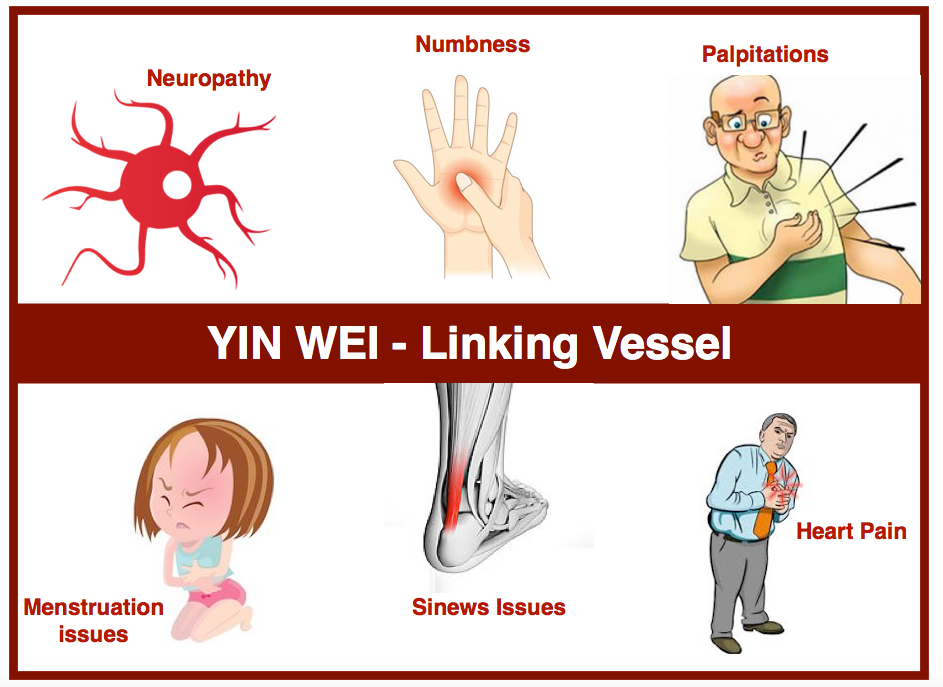
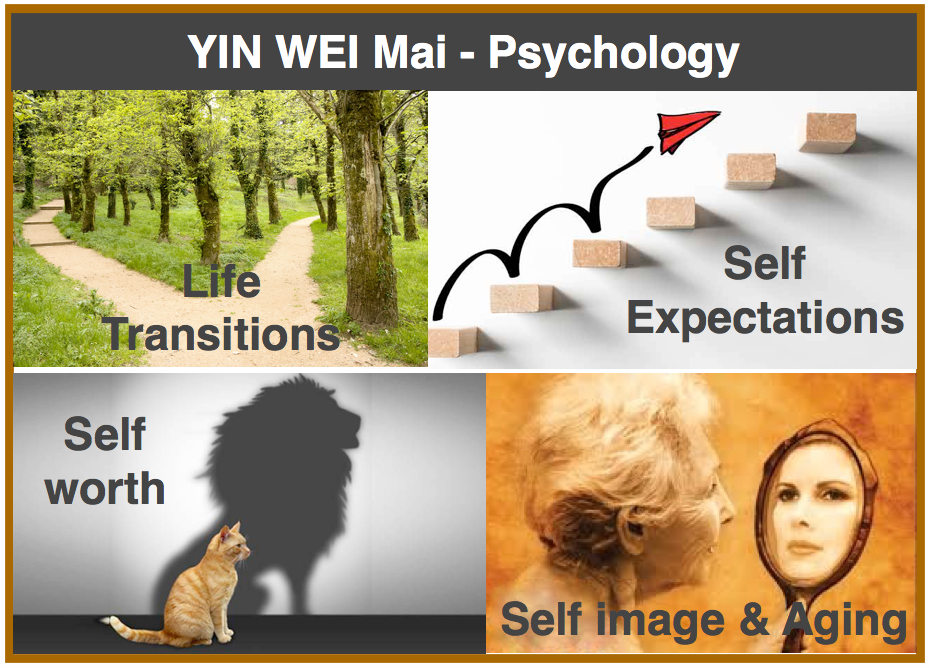
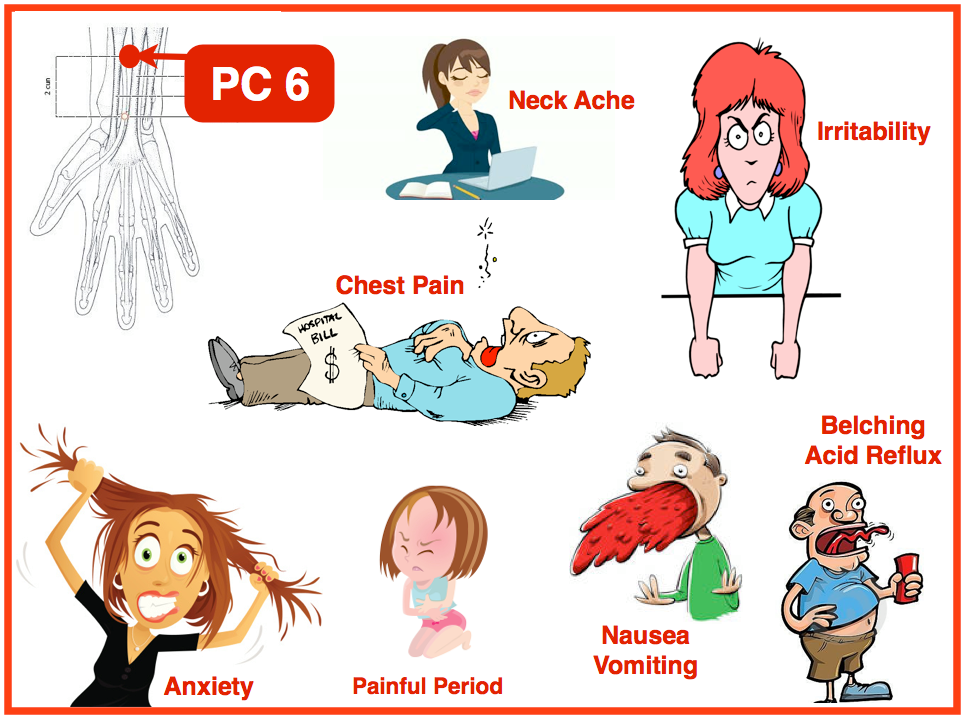
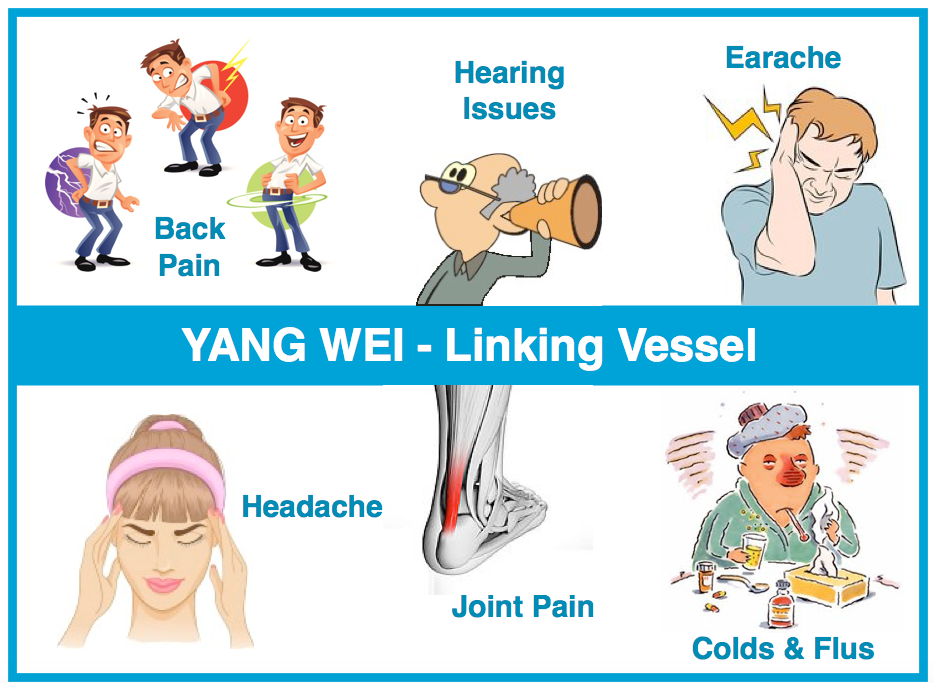

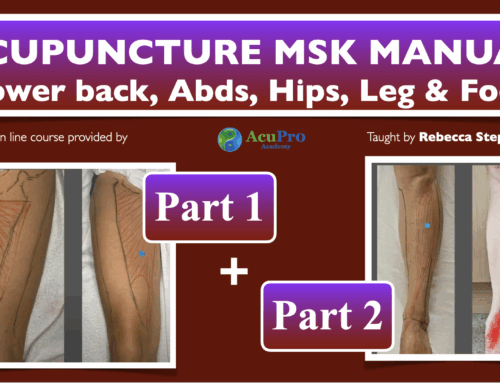
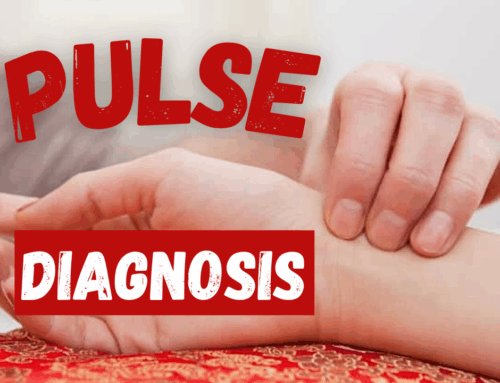
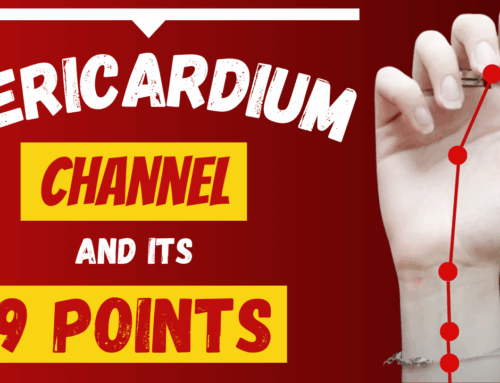


wish I had you as a teacher in college, love your posts, given me so much more confidence and understanding.
keep rocking it Clara 🙂
Thanks Sheila! You made my day 🙂
excelente. pero estoy interesado en saber si se usan la tecnicas de tonificacion y dispersion.
dos, como se usa bilatetal unilateral o como
Have you watched this video? https://youtu.be/4VEBHPgl3yY
pero no dicen si se tonifica o se dispersan
We always sedate for excess patients and tonify for deficiency patients
Thank you for a clear description so that everyone can easily understand to be able to use 8 extraordinary meridians in practice. I myself use Japanese (Manaka/Kwaii…) combinations with very good results in my clinic.
That’s amazing 🥰 Thank you for sharing!
Thank you Clara. YOU ROCK
You’re welcome Luis 🙂
At last an author better than the others.Clear explanation.Continue Clara
Thank you!
You made my day 🙂
What well prepared, clearly laid out and precious information! Thank you so much, it wa a great and in-depth refresher 🙂
Thanks Iga 🙂
Awesome presentation of information. Going to look for the other extraordinary meridians on our website. Thank you!
My pleasure 🙂
Wow – for this informatione I was looking for. It exactly hits my situation, THANK you so much.
Greetings from Stefanie (Germany)
Perfect Stefanie 🙂
My mentor dr Eugene monarch used ext vessel points quite a bit. He favored Chong yin wei because we live in a chronically yin deficient society. He theorized one could use just that point combination across the board and still have seriously respectful efficacy. I self treat p6 sp4 to maintain balance. Ps love your illustrations and emotional components mahalo.
Thanks for sharing Eliza 😉
Thank you so much for the wonderful and well-organized information. Can you share about the pulse diagnosis of the special meridians
As a second-year student with two more to go, I found your coverage on those channels to be insightful, helpful and interesting. Thank you.
So happy you’re benefitting from my online content 🙂
Thanks for the great info and formatting! One of the best 8 Extra tools I have found. 🙂
Thanks Chris, you made my day 🙂
Hi Cara, I appreciate your listing this information. Why are they called Master Points? What is their general function?
You mean the confluent points? because they connect the Extra vessels to the main meridians 🙂
Clara
Thank you for this info! Exactly what I needed. I was recently diagnosed with a “closed heart.” My acupuncturist is focusing on the Yin-Mai channel. I had heard of the eight extraordinary channels but knew nothing about them. Now I have the info I need to understand the treatment.
I’m so happy you’re learning about acupuncture and benefitting from it too 😍
Watch this video on the 8 vessels, you will enjoy it https://www.youtube.com/watch?v=4VEBHPgl3yY&t=737s
Thank you so much for sharing the amazing indications of the YinWei Mai and the YangWei Mai.
I will check out the other Extra-Meridians.
Do you give courses for acupuncture and gynecology at the moment?
Hi Kristin, glad you found this helpful! 💖
YES – Clara has a FREE Gynecology Course. You can sign up for it here: https://acupro-academy.mykajabi.com/gynecology-and-tcm-optin
She also offers online continuing education courses for Fertility & Pregnancy if you want to dive deep into this subject:
https://acupro-academy.mykajabi.com/the-complete-fertility-tcm-treatments-course
https://acupro-academy.mykajabi.com/the-complete-pregnancy-tcm-treatments-course
todavia tengo dudas en como se usan y porq…si estos son un set de puntos q tratan una sitiacionclinica. cual tonificarias…favor darme un ejemplo especifico…
Sorry I don’t speak Spanish.
Have you watched this video? https://youtu.be/4VEBHPgl3yY
Awesome Information Clara. Right on time, when I was looking for the same.
Perfect 🙂
Maybe a silly question, as I am new to TCM, How would you treat someone with Yin Wei Deficiency?
Any advice would be appreciated and valued.
Thank you,
Maria
No worries, I’ve got you 🧡
Tonifying the Wei Qi is the same as tonify LUNG QI (as Lung Qi is in charge of Wei Qi). So Lu 7 and ST 36 would be a great star.